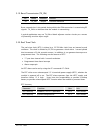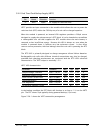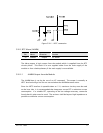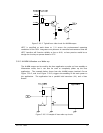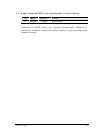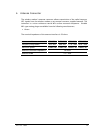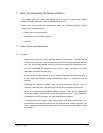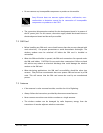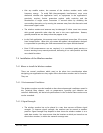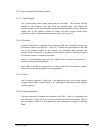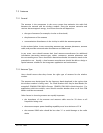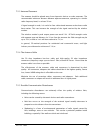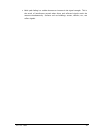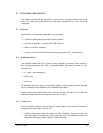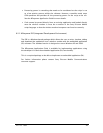
LZT 123 1836 77
• Like any mobile station, the antenna of the wireless modem emits radio
frequency energy. To avoid EMI (electromagnetic interference), users must
determine whether the application itself, or equipment in the application’s
proximity, requires further protection against radio emission and the
disturbances it might cause. Protection is secured either by shielding the
surrounding electronics or by moving the antenna away from the electronics and
the external signals cable.
• The wireless modem and antenna may be damaged if either come into contact
with ground potentials other than the one in the users application. Beware,
ground potential are not always what they appear to be.
• In the final application, the antenna must be positioned more than 20 cm away
from human bodies. When this rule cannot be applied, the application designer
is responsible for providing the SAR measurement test report and declaration.
• Even if SAR measurements are not required, it is considered good practice to
insert a warning in any manual produced, indicating it is a radio product and that
care should be taken.
7.4 Installation of the Wireless modem
7.4.1 Where to Install the Wireless modem
There are several conditions which need to be taken into consideration when
designing your application as they might affect the wireless modem and its function.
They are:
7.4.1.1 Environmental Conditions
The wireless modem must be installed so that the environmental conditions stated in
the Technical Data chapter, such as temperature, humidity and vibration are
satisfied. Additionally, the electrical specifications in the Technical Data section must
not be exceeded.
7.4.1.2 Signal Strength
• The wireless modem has to be placed in a way that ensures sufficient signal
strength. To improve signal strength, the antenna can be moved to another
position. Signal strength may depend on how close the wireless modem is to a
radio base station. You must ensure that the location at which you intend to use
the wireless modem, is within the network coverage area.



